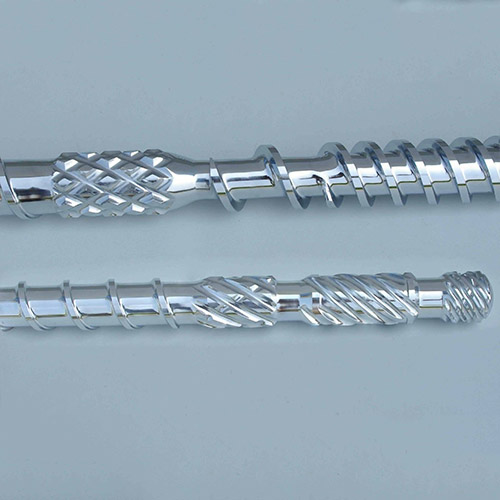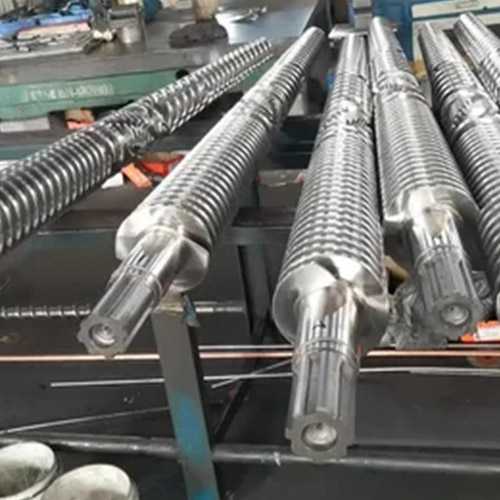04-01, 2021
The demand for small and light parts has made thin-wall injection molding the most important performance of injection molding machine. "Thin wall" is usually defined by light electronic parts with wall thickness less than 1 mm. For large automobile parts, "thin wall" can be 2mm. In a word, the thin-walled products need to change the processing technology: higher pressure and speed, shorter cooling time, changing the ejection and gate arrangement. The following are the requirements of thin-wall injection molding machine and mold.
Injection machine
The standard injection machine can be used to produce a variety of thin-walled products. At present, the performance of the new injection machine is much better than that of 10 years ago. With the development of material, gate technology and design, the filling performance of standard injection molding machine for thin-walled parts is further expanded. However, due to the continuous reduction of wall thickness, a more special injection machine with high speed and high pressure performance is needed. For example, for an electronic part with a thickness of less than 1 mm, it is normal that the filling time is less than 0.5 seconds and the injection pressure exceeds 210 MPa. The hydraulic injection machine for thin wall injection molding is designed with a pressure accumulator, which can drive injection molding and clamping frequently. All electric injection machines and electric / hydraulic injection machines with high-speed and high-pressure performance are also available. In order to withstand the high pressure of the new injection machine, the minimum clamping force must be 5-7 tons / inch (projection area). In addition, when the wall thickness decreases and the injection pressure increases, the large template helps to reduce the bending. The ratio of the pull rod of the injection machine for thin-walled products to the thickness of the template is 2:1 or less. In the production of thin-walled products, the closed-loop control of injection speed, pressure and other processing parameters is helpful to control the filling and holding pressure under high pressure and high speed.
As for the injection volume, the large diameter barrel is often too large. The recommended injection volume is 40% - 70% of the barrel capacity. The total molding cycle of thin-walled products is greatly shortened, and the minimum injection volume may be reduced to 20% - 30% of the barrel capacity. Users must be very careful in injection molding, because for materials, small injection volume means longer residence time of materials in the barrel, which will lead to the degradation of product performance.
mould
Speed is one of the key factors for the success of thin wall injection molding. Rapid mold filling and high pressure can inject molten thermoplastic material into the mold cavity at high speed to prevent cold setting of the gate. If a standard part is filled in two seconds, the die thickness will be reduced by 25%, and the filling time may be reduced by 50%, just one second.
One of the advantages of thin wall injection molding is that when the thickness is reduced, less material needs to be cooled. With the decrease of thickness, the forming cycle can be shortened by half. The reasonable setting of melt conveying device makes the hot runner and runner not hinder the shortening of forming cycle. The use of hot runner and runner bushing helps to minimize the molding cycle. In addition, we should also consider the mold materials. P20 steel is widely used in the molding of traditional products, but due to the higher pressure of thin-wall injection, the mold must be made very solid. H-13 and other hard steels add an additional factor of safety to the thin-walled die. However, the cost of a solid mold may be 30% - 40% higher than that of a standard mold. But increased costs are usually offset by improved production performance.



